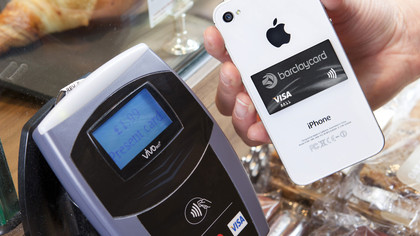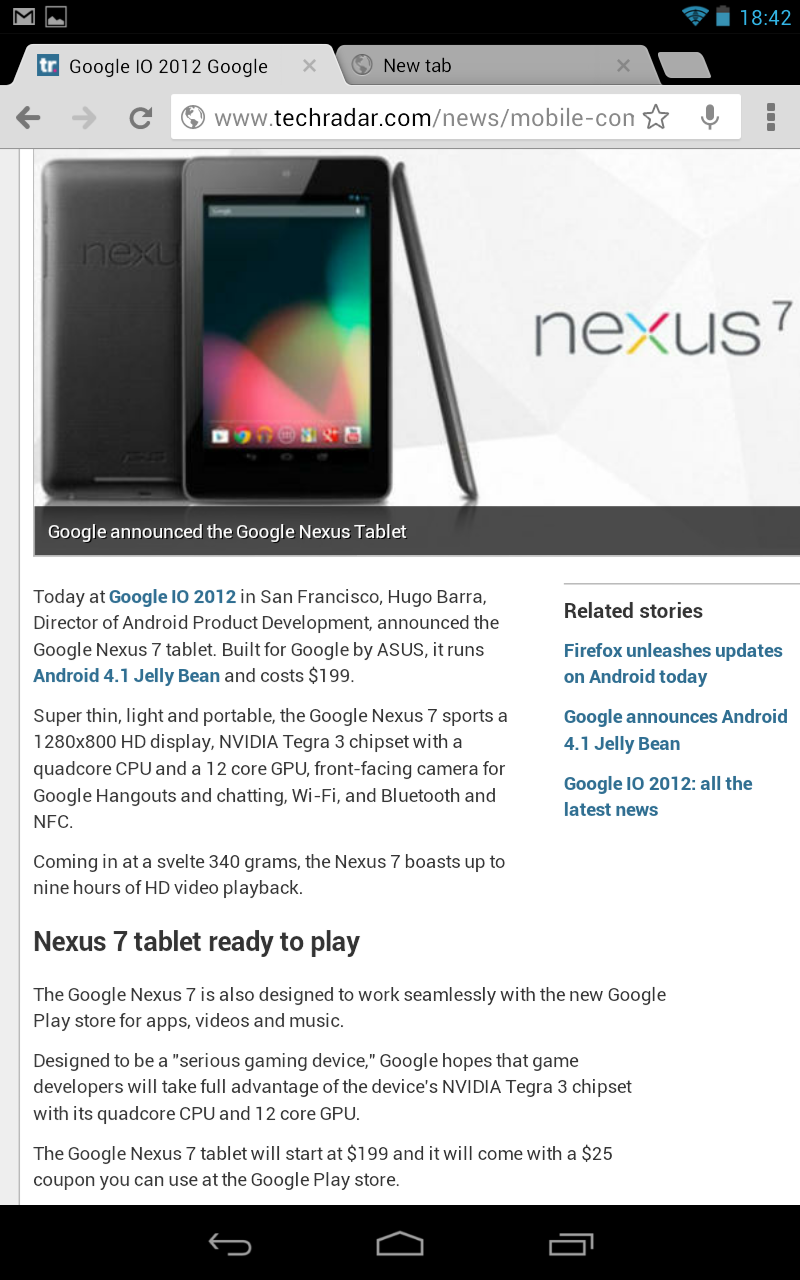Android 4.1 vs Windows Phone 8 vs iOS 6
Comparing the latest mobile operating systems
NFC
Windows Phone 8 packs in Microsoft Wallet, making use of any NFC technology packed into handsets. This is all set to tie in to varying applications installed on the phone, allowing payment via services such as Paypal. Other applications, such as instant pairing of Bluetooth accessories will also be supported.
Google also seems keen to use NFC, using services such as Android Beam and Google Wallet (currently only available in the US). The premier service allows for the instantaneous sharing of contacts, media and apps between two enabled phones, whilst the latter stores your card details to allow instant payment in stores.
Google's Android beam gets an overhaul in 4.1. It now provides instant transfer of photos, videos and apps, as well as the instantaneous pairing of NFC enabled Bluetooth devices.

iOS 6 brings in Passbook. Whilst not entirely a NFC based app, it does provide a lot of the same features, keeping varying tickets to sports, the theatre, airlines or store cards all in one easy to access, and constantly updated place.
We're expecting Apple to announce NFC capabilities in the iPhone 5 – given the fact rivals are all over the contactless technology,
Browser
Internet browsing on Android 4.1 comes with the standard Android Browser; however the premier Jelly Bean device, the Google Nexus 7 comes with Chrome.
The standard browser packs in some very cool security features, as well as the ability to save pages for offline reading and tabbed browsing. Also available is Google Chrome, which ports over many of the desktop features, as well syncing history and bookmarks as well as a slicker experience for Android 4.0+ devices.
Sign up for breaking news, reviews, opinion, top tech deals, and more.

Windows Phone 8 takes internet browsing very seriously, bringing the latest version of Internet Explorer, IE10. This will help keep WP8 at the forefront of the mobile internet browsing, but also keeps you safe whilst you do. IE10 comes with a phishing filter and SmartScreen service to make it harder for you to be tracked by malicious websites.
Safari on the original iPhone changed the level of acceptability from mobile browsing, and iOS 6 brings over more features such as offline reading and integration to iCloud allowing for tab syncing. Plus there are also Smart App Banners which help sites promote their apps, bringing a richer cohesion to the whole iOS platform.
Media
One area that Windows has suffered from before is microSD card support. Thankfully this is rectified in Windows Phone 8, as now Windows Phone 8 allows for media to be easily stored and accessed via a microSD card, as well as supporting the installation of apps onto it. Elsewhere is the support for 1280 x 768 and 1280 x 720 resolutions on top of the current 800 x 480.

Android 4.1 is now a much smoother experience, providing 60fps across the whole device. Google Play is also at the heart of the whole OS, bringing Music, Movies and eBooks right to the forefront.
Google Music gives a decent option for storing and accessing your music, and the likes of the Samsung Galaxy S3 build on the OS to support a fantastic range of video and audio formats too.
Apps to microSD has also been a standard feature of Android 2.2+, as well as supporting stored media. Google Play media however, is all stored free in the cloud and portable to all your devices.
Believe it or not… the company that brought us the iPod also has media prevalent on its OS. It doesn't provide microSD support, but Apple has a habit of making devices with large internal storage to compensate.
Media is handled via both wired and wireless access via iCloud to the iTunes store, which has long provided music and films.
However, the screen size of the iPhone is still too small for extended movie watching, although the on-board audio support is among the best around for a music marathon on the way to work, be it on the iPad, iPod touch or iPhone.